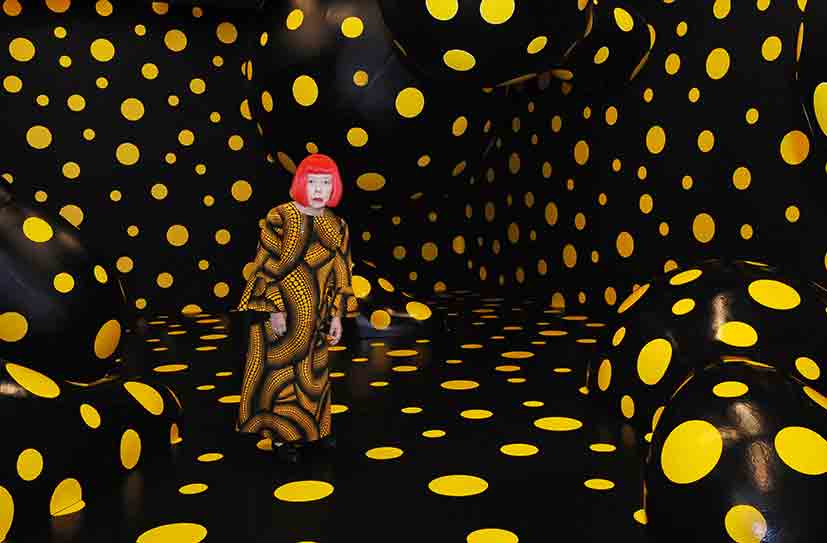
9 reasons to celebrate Yayoi Kusama on her 90th birthday
From inspiring minimalists to wooing President Nixon, Yayoi Kusama is a wild, innovative, brilliant artist - still
Few artists have courted public outrage and quietly innovated their chosen forms as deftly as Yayoi Kusama. As the artist celebrates her 90th birthday, we look back over her career, to work out why everyone from pop stars and fashion designers through to fellow artists love her work.
She was at the forefront of not one but three of the 20th century’s most important artistic movements The Japanese-born artist arrived in New York in 1958, and over the following decade-and-a-half painted huge, repetitive canvases, filled rooms with poppy dots – works that can be allied with some of the key artistic movements of the time. “In the newly minted ruminations on Kusama’s long career, it is popular to speculate upon her place in any one of the canonical movements of American and European art history of the 1960s – Abstract Expressionism, Minimalism, Pop,” writes Laura Hoptman in our Kusama book. “It is clear that her large oeuvre can be related at least tangentially to all three movements.”
Despite this, she refused to be boxed in “I had no time to dwell on which school or group I belonged to,” Kusama says in the interview section of our book. “I cannot imagine how I will be classified after my death. It feels good to be an outsider.”
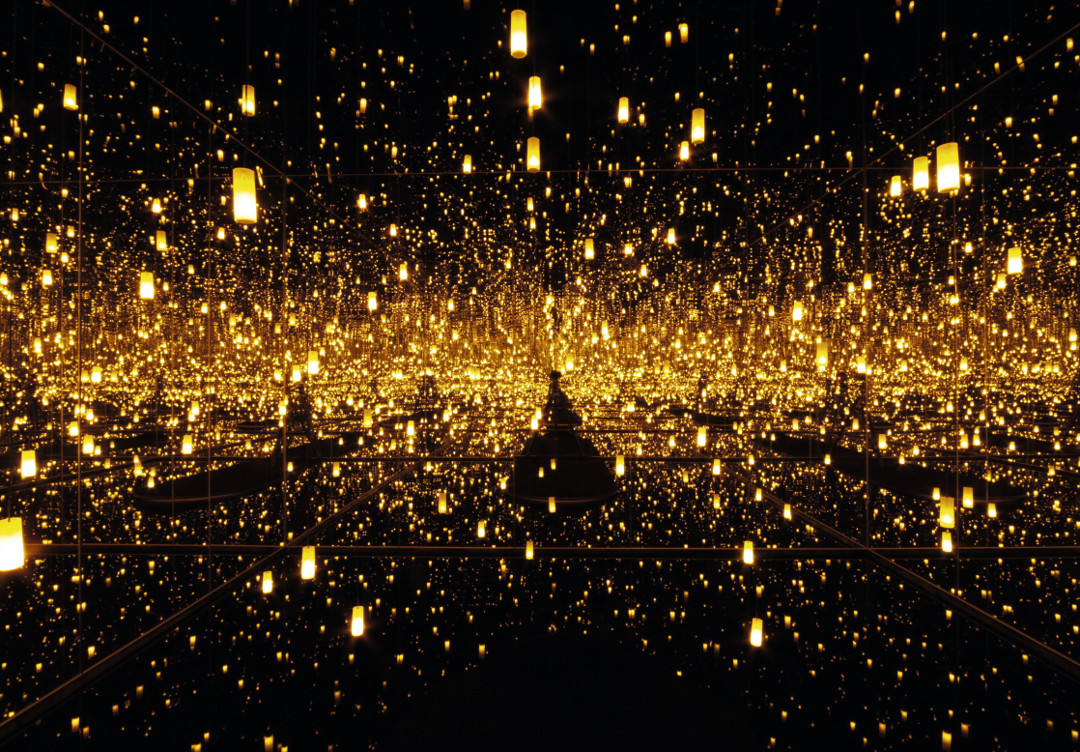
She influenced quite a few important US artists The American artists Frank Stella and Donald Judd both bought both bought works from Kusama’s earliest painting exhibitions. “As an art critic, Donald Judd was an early advocate, admiring, along with other critics, the impassivity of the white monochromes, which he described as resembling slabs of ‘massive, solid lace’, and pronouncing them ‘advanced in concept,' writes Hoptman. "As a sculptor, Judd was inspired in his own search for a profoundly anti-rationalist but boldly literal system of expressing pure form by Kusama’s ‘complex and powerful idea’ of obsession-driven seriality.”
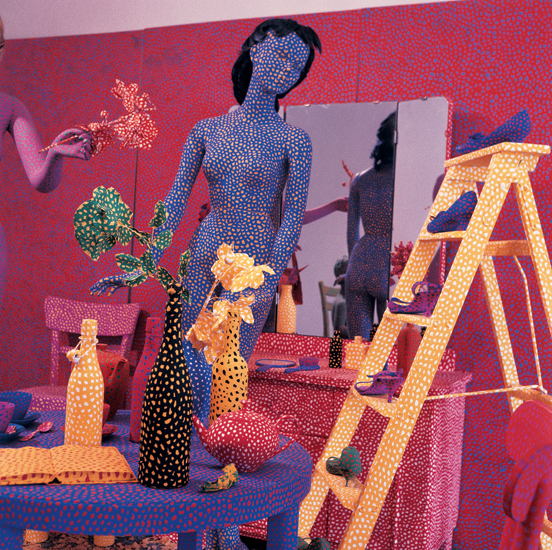
A flowery table cloth kicked off her incredible artistic vision Kusama has traced the origins of the Infinity Net and polka-dot motifs back to a specific series of hallucinations that first struck when she was ten-years-old, and living in her native Japan. “One day, looking at a red flower-patterned table cloth on the table, I turned my eyes to the ceiling and saw the same red flower pattern everywhere, even on the window glass and posts,” our book quotes the artist as saying.
“The room, my body, the entire universe was filled with it, my self was eliminated, and I had returned and been reduced to the infinity of eternal time and the absolute of space. This was not an illusion but reality. I was astounded. If I did not get away from there, I would be wrapped up in the spell of the red flowers and lose my life. I ran for the stairs without thinking of anything else. Looking down, I saw the steps fall away one by one, pulling my leg and making me trip and fall from the top of the stairs. I sprained my leg. Dissolving and accumulating, proliferating and separating. A feeling of particles disintegrating and reverberations from an invisible universe.”
She added sex and politics to contemporary art Though she’s known today for her pumpkins and polka dots, much of Kusama’s 1960s works were were performance focussed, and often staged to engage with key ideas of the times. In 1968, she staged a ‘Nixon orgy’ at her studio in Manhattan, and issued an open address to the US president, appealing to the US President, then waging war in Vietnam to adopt a more peaceful course. “We’ll paint each other with polka dots, lose our egos in timeless eternity, and finally discover the naked truth: You can’t eradicate violence by using more violence.”
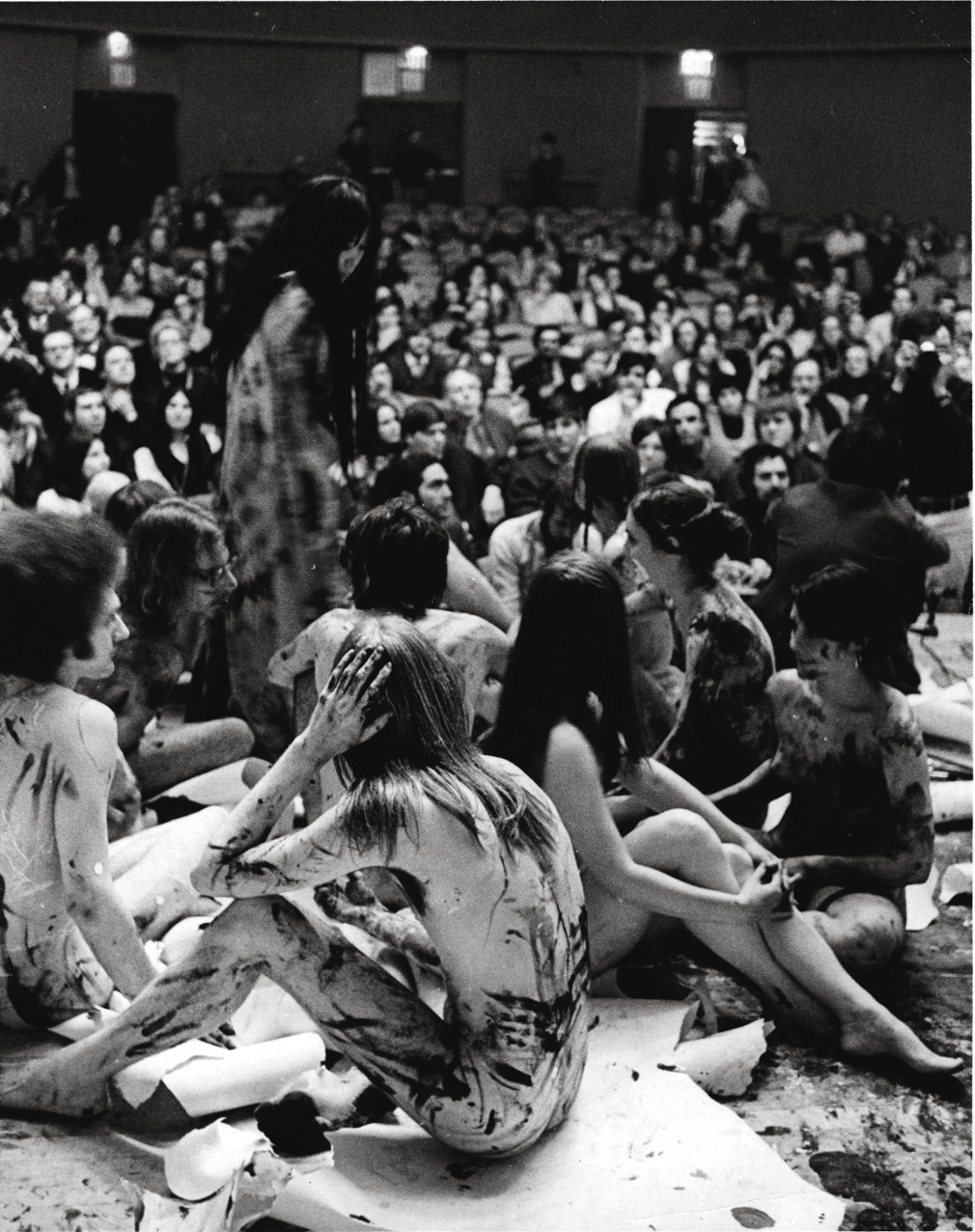
She was a gay-marriage pioneer Kusama’s attempts to conduct her own homosexual wedding back in 1968, under the aegis of her own Church of Self Obliteration, probably wouldn’t satisfy most legal requirements, yet it did demonstrate a willingness to push social limits through art.
“The purpose of this marriage is to bring out into the open what has hitherto been concealed,” said Kusama. “Love can now be free, but to make it completely free, it must be liberated from all sexual frustrations imposed by society. Homosexuality is a normal physical and psychological reaction, neither to be extolled or decried.”
She was a fashion pioneer Though she struck up a working relationship with the US designer Marc Jacobs in 2006, Kusama actually created some fairly challenging clothes earlier on in her career. “My Fashion Institute is busy manufacturing and designing clothes that enhance your own personality and humanity in spite of our drab, machine-made, industrialized environment,” she stated in a 1968 press release. “These fashion designs have the beauty of passing clouds in a clear blue sky, of the multicoloured foliage of Autumn trees. They have the handmade look that comes from expert craftmanship. See my ‘Peekaboo’, ‘See-Through’ and ‘Open’ pants, miniskirts and body stockings in the cloth and in the flesh. There are holes all over – holes that radiate life-giving energy – part of my Holy War against the establishment.”
She’s also written a lot of novels Kusama left the US and returned to Japan in 1973, in poor health. However, that didn’t stop her from branching out into a new medium. “Her first novel, Manhattan Suicide Addict, was published in 1978; since that time, she has published eighteen more,” Hoptman writes. “The scholar Alexandra Munroe has argued that Kusama’s visual production and her fiction are ‘different forms of the same repetitive production of traumatic, phantasmic and transcendental experiences that obsess her’, and indeed, it was through her writing that Kusama was reintroduced in Japan to an enthusiastic literary public, thrilled by her novels’ explicit sexuality, graphic violence and hallucinatory description of the exoticism of Manhattan subculture.”
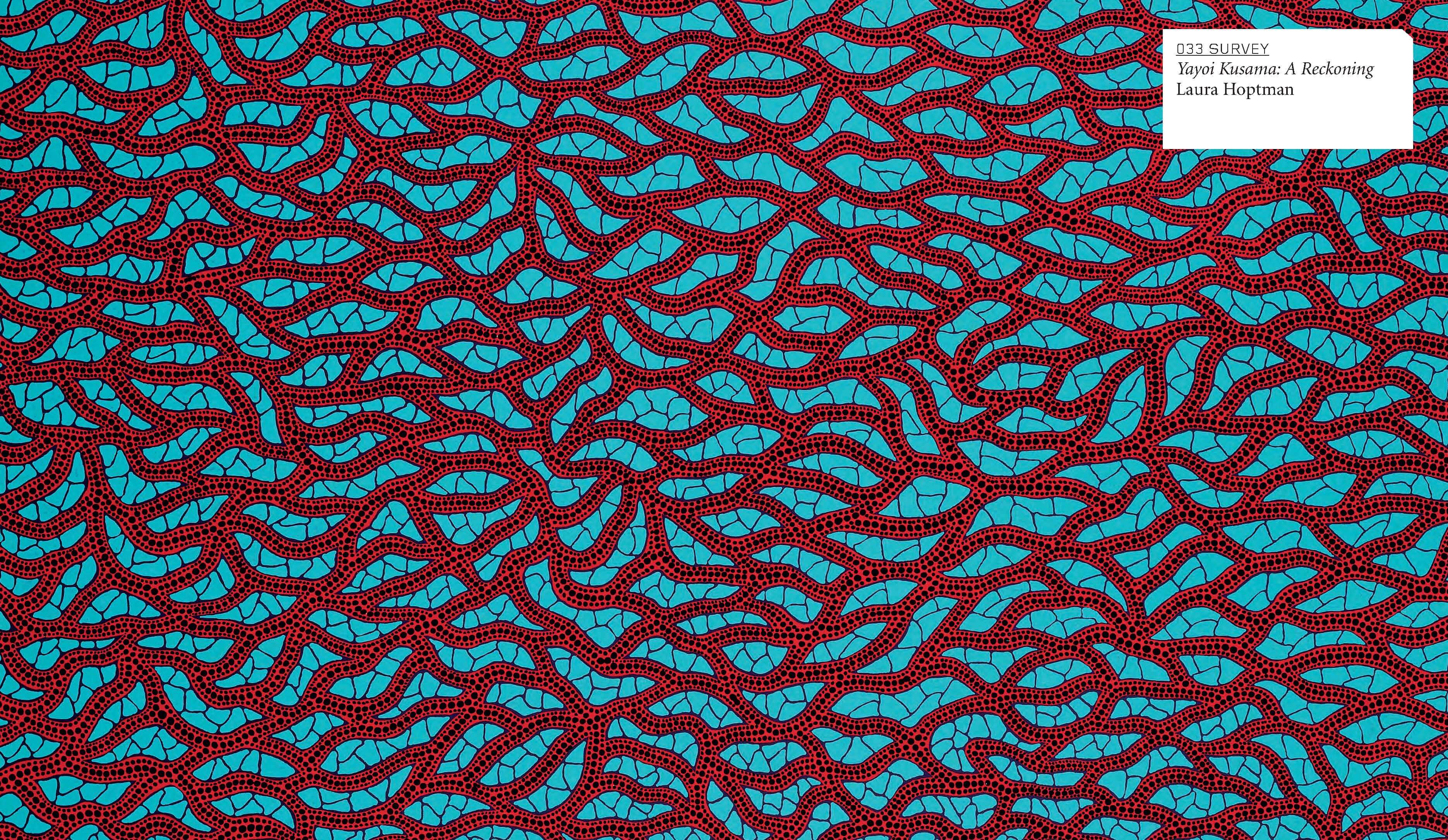
But perhaps the best thing about her is that she hasn’t really changed “The great glory of Kusama’s work, from her earliest drawings to her newest offerings, is that it remains – because the artist wills it so – every bit as gauche and as angry,” Hoptman argues, “as difficult and as aggressive as it was when it was created and when it first flew in the face of an art world too square to grasp its visual and sensory overload, its egoism, its raunchy sexuality.” Happy 90th birthday Yayoi.
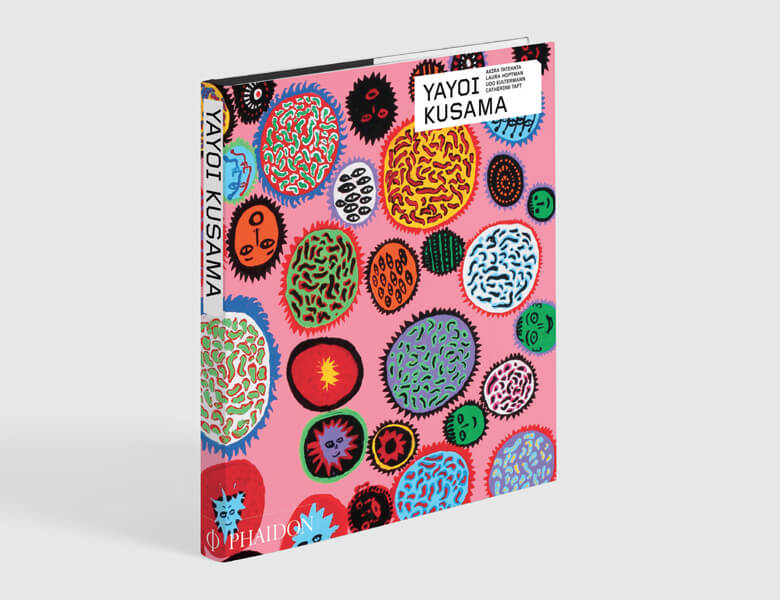
For more on Kusama's life and work buy a copy of our Yayoi Kusama book here.